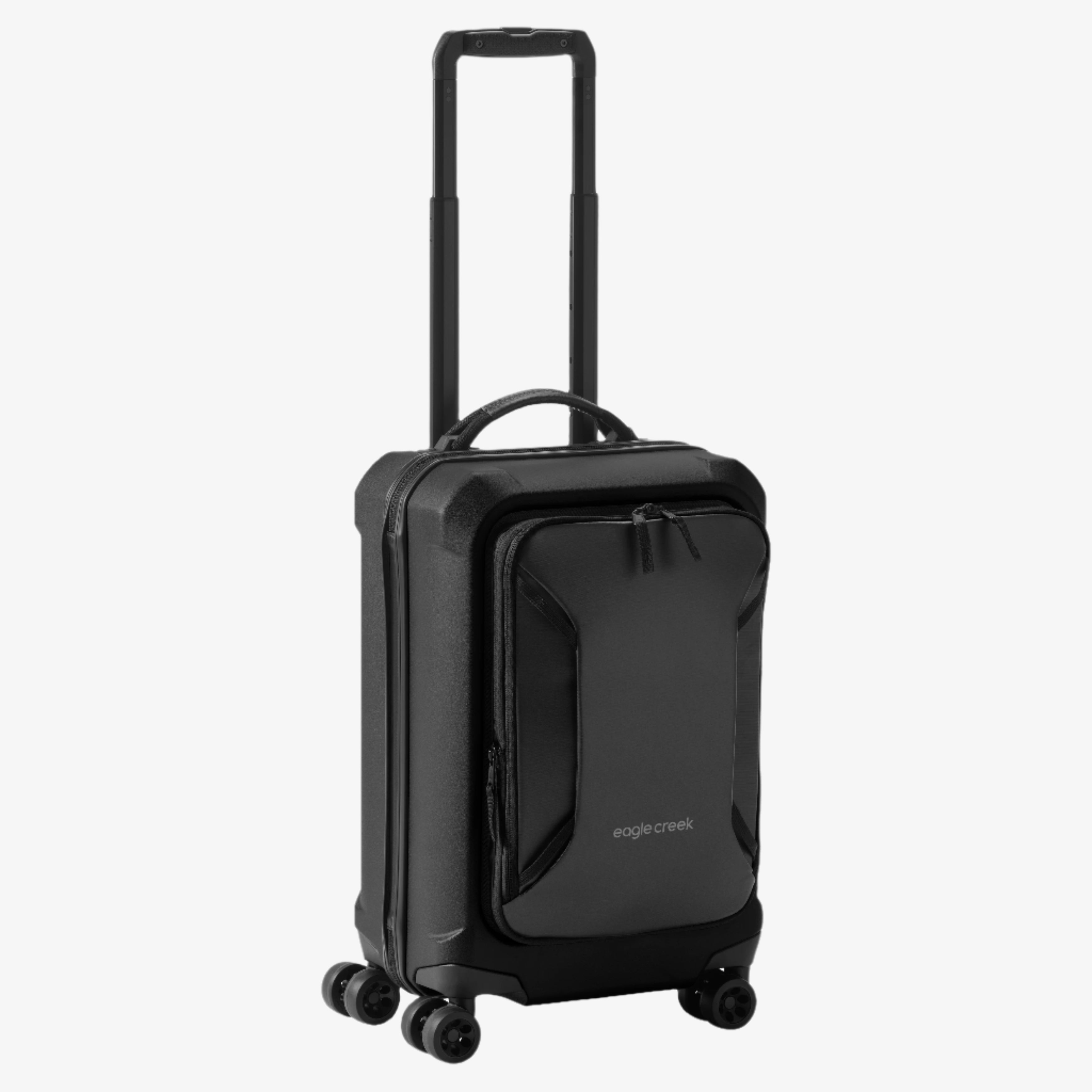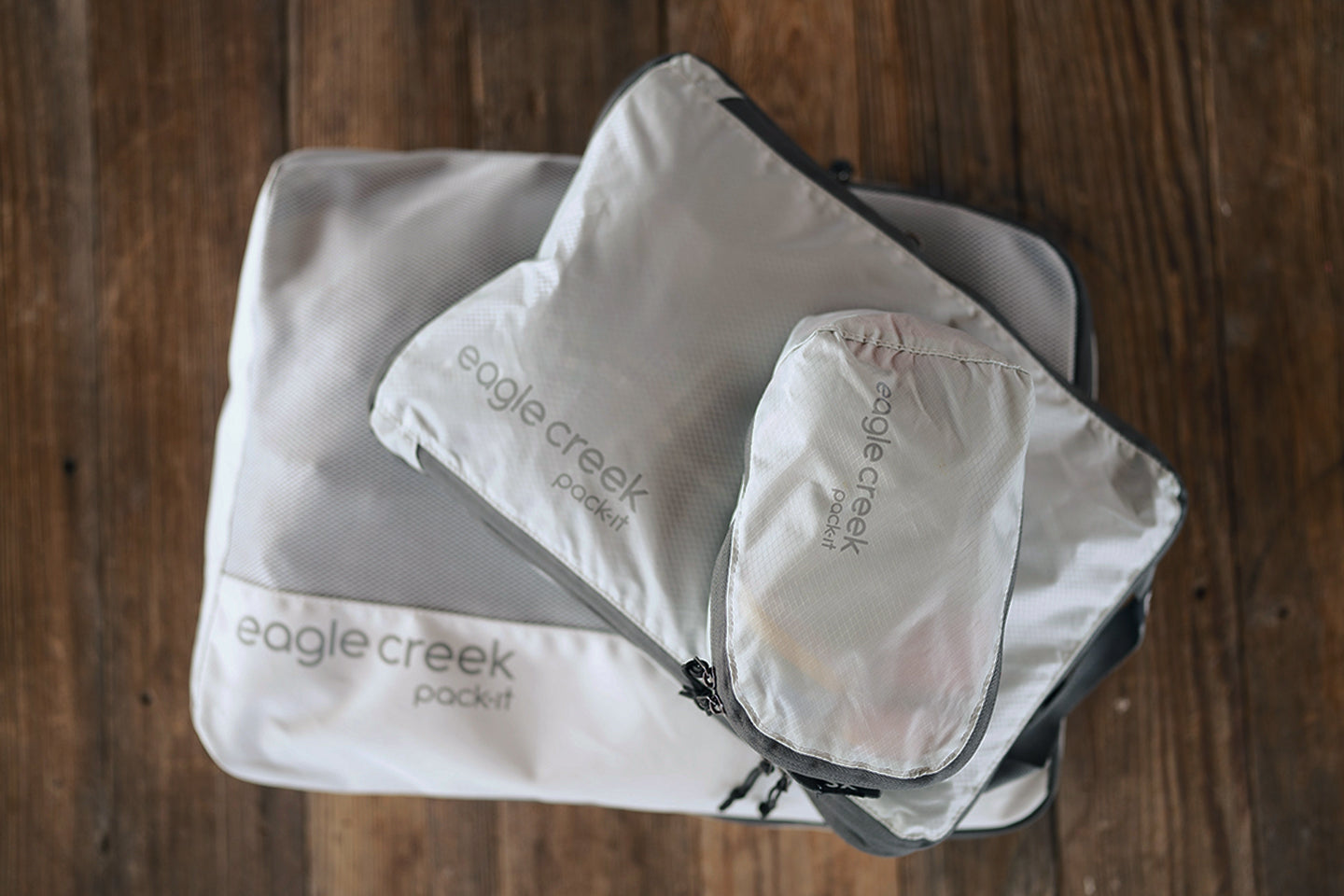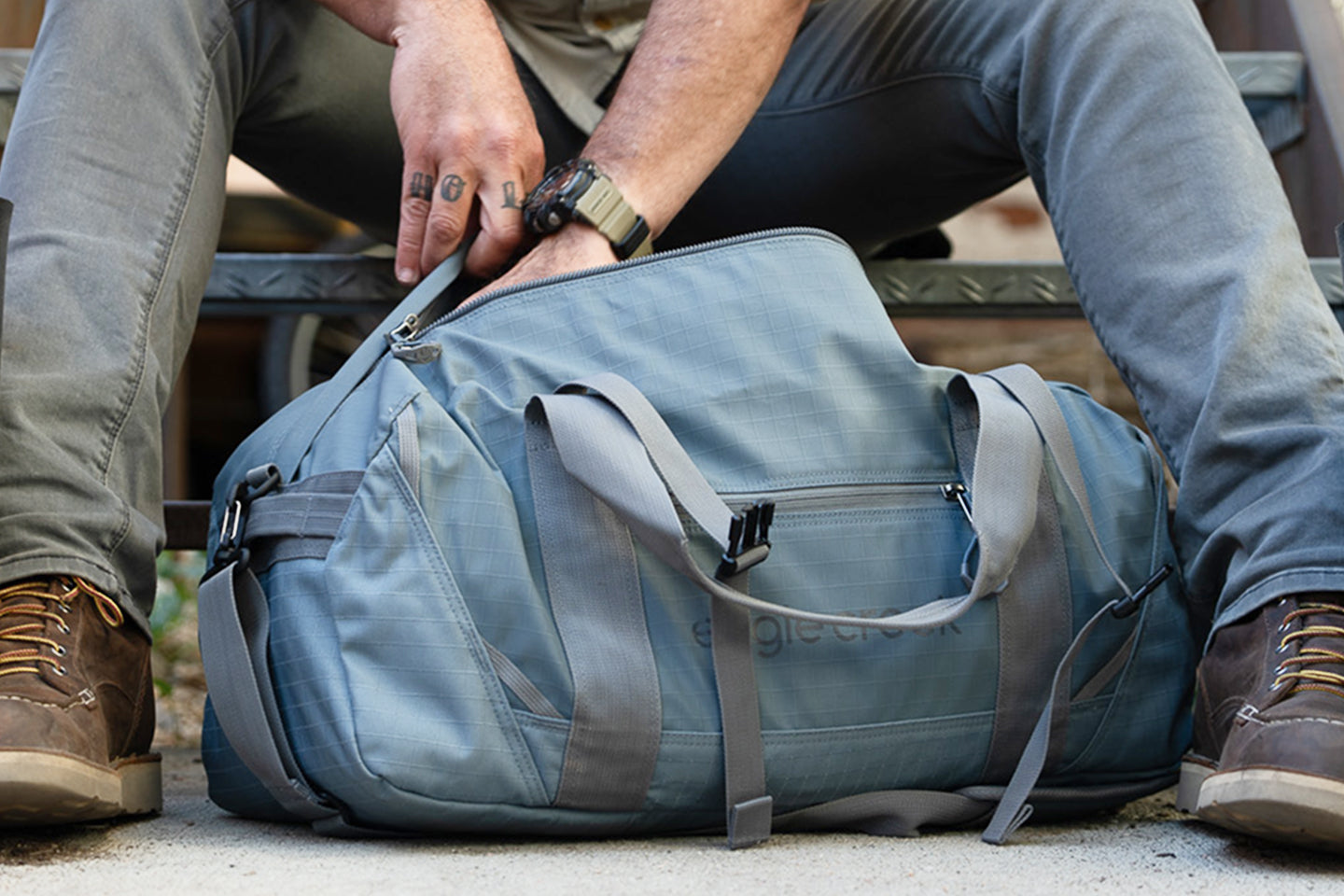How to Handle a Bear Encounter

WHILE BEAR ATTACKS ARE RARE, IT’S BETTER TO BE SAFE THAN SORRY. LEARN HOW TO AVOID AND REACT TO AN ENCOUNTER ON THE HIKING TRAIL.
Bear attacks on humans are rare, but encountering one during a hiking or camping trip in the wild can be frightening, which is why it’s important to know how to react—or better yet, avoid one completely.
Among the many organizations that provide guidelines for how to handle run-ins, the National Park Service offers smart advice worth following. Heed it, and there’s a good chance your bear encounter will be nothing more than a harmless interaction—and a really good story to tell friends back home.
Keep in mind that while there are some differences between the behavior of black and grizzly bears, the NPS's advice applies to both.
Avoid Bears Entirely
The easiest thing to do in order to keep bears at bay is to avoid startling one. By whistling, singing, or making any other loud noise while hiking in thick forests or areas with poor visibility, you’ll notify the bear you are in the area. If a bear hears you, it will most likely move away since bears generally try to avoid encounters with humans.
You can also minimize your risk of encountering a bear by hiking with a friend or partner, since the majority of attacks occur on lone individuals rather than pairs or groups. Regardless of whether you're alone or with friends, carry bear spray and know how to use it. For more information, check out: http://www.nps.gov/yell/naturescience/bsdeter.htm
From Afar: Making Contact
If you see a bear from a safe distance and it doesn’t notice you, simply move away from the area. Try to stay out of sight and keep downwind so it won’t smell you.
If the bear manages to spot you, back away slowly in the direction you came. Chances are the bear will allow you to leave without following. Never climb a tree or turn and run, as this may trigger the animal's predatory instincts, and you won’t be able to outrun a healthy bear—no matter how big and jiggly they seem. Don't be alarmed if a bear stands up on its hind legs. This is a gesture made out of curiosity rather than aggression, according to the NPS.
At Close Range: Assess the Bear's Behavior
If you find yourself closer to the fuzzy mammal than you’d like, it’s important to determine if it’s defensive or predatory. Most wild encounters occur with defensive bears, which the NPS describes as bears that seem surprised by your presence and perceive you as a possible threat. Defensive bears are protecting their turf and just want to see you go. As instructed above, back away slowly and leave the area. If the bear is close enough, speak to the animal in a calm, normal voice, and avoid making direct eye contact. Have your bear spray ready to go, just in case it charges.
A predatory or offensive bear is one that purposely stalks or pursues you for some distance. If a bear seems locked in on you and persists in following at close range, now’s the time to try and scare it away by making loud noises, throwing rocks, or waving your arms to look big. Consider dropping a non-food item, such as a camera, or pack to potentially distract the bear while you try to move out of the area. You can always retrieve the item later when the threat is gone.
Responding to a Bear Charge
A bear that feels threatened may charge at you. The Alaska Division of Parks and Outdoor Recreation notes that most charges are bluff charges in which the bear stops or changes direction before it reaches you. While your instincts may tell you to run in the case of a charge, the proper advice is to stand your ground. The NPS advises firing off your bear spray when the animal gets within 30-60 feet.
In the worst-case scenario of a physical attack, the appropriate response, according to NPS rangers, depends on whether the animal is defensive or offensive. A defensive bear is trying to eliminate you as a threat, so cover your head and neck and play dead, remaining still for several minutes after the bear has stopped attacking.
In the more rare case of an attack from an animal exhibiting predatory behavior, playing dead won't work because the bear may be seeking a meal, so wildlife experts advise fighting back with everything you have and going after its eyes and face.
Chances are you will never be in this situation, but having some basic knowledge of bear behavior can save your life. While Eagle Creek is here to provide tips and insights on travel, we cannot accept any responsibility for any potential consequences arising from the use of this information. Always conduct your own research and use your best judgment.
Related Posts
America's Top Animal Sanctuaries and Wildlife Reserves







































